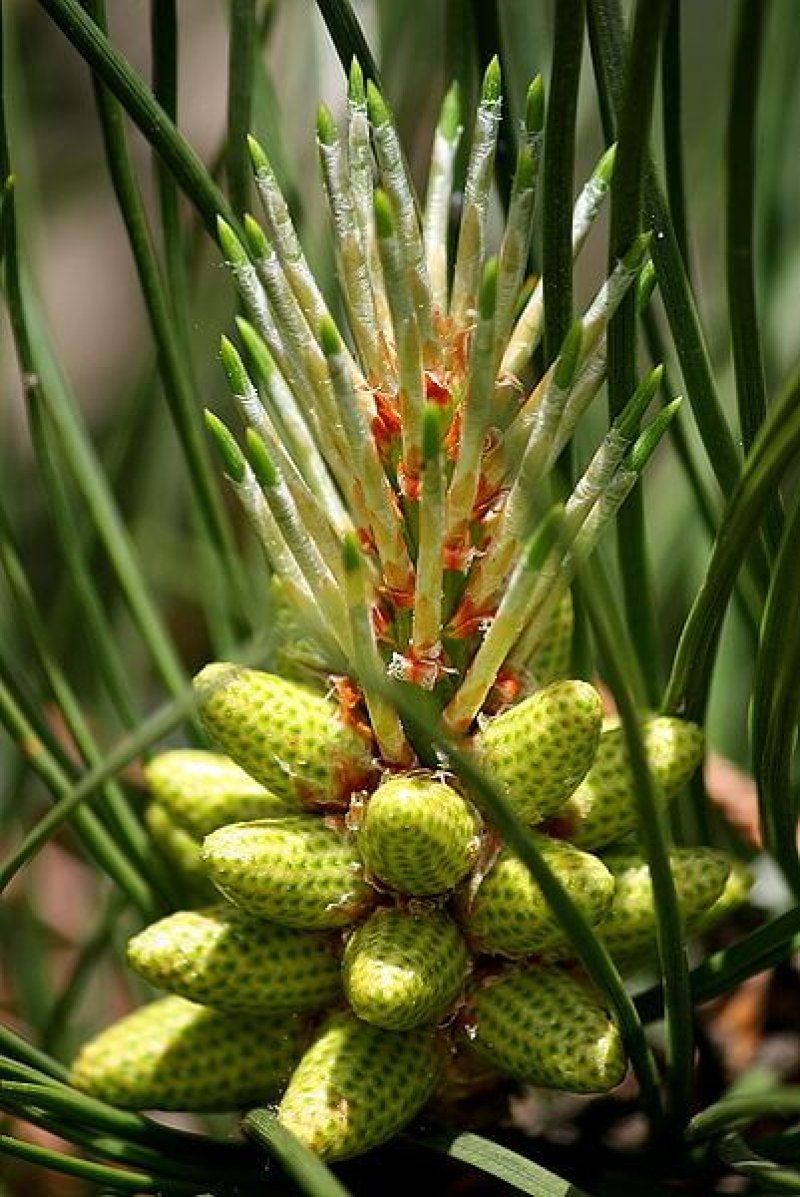If the “letters” of the human genome were stacked one millimeter apart, they would reach 7,000 times the height of the Empire State Building. Now imagine a genome seven times longer. That’s what scientists have sequenced from the loblolly pine tree, new world-record holder for largest genome ever sequenced.
According to a report from LiveScience’s Megan Gannon, this 100-foot tree has 23 billion base pairs to our 3 billion. Remember that a little over a decade ago just trying to complete a sequence of the human genome was the subject of the world’s largest collaborative biological project.
In practical terms, the completed genome opens up the application of genetic knowledge to farming of the tree, which is used for paper and lumber and “being investigated as a potential biofuel.”
Confier genomes in particular, say the researchers, have been notoriously difficult to sequence. Not only are they huge, but they are complex with many repeating segments. (Their analysis puts the percentage of repetitive DNA in the loblolly pine genome at 82%.)
“It’s a huge genome. But the challenge isn’t just collecting all the sequence data. The problem is assembling that sequence into order,” study researcher David Neale, a professor of plant sciences at the University of California, Davis, said in a statement.
In the process of assembling this tree’s genome, the researchers were forced to develop new techniques that they hope will help in the assembly of future genomic research. You can read more about the techniques the developed in the journals Genetics and Genome Biology.
As far was what’s next, Gannon writes: “the researchers are eyeing the sugar pine, a tree with 35 billion base pairs.”
Kenrick Vezina is the Gene-ius Editor for the Genetic Literacy Project and a freelance science writer, educator, and amateur naturalist based in the Greater Boston area.
Additional Resources:
- “Looking at Oil Palm’s Genome for Keys to Productivity,” Carl Zimmer | New York Times
- “How Genetic Engineering Can Save the Iconic American Chestnut Tree,” Maxx Chatsko | Motley Fool
- “Rose scent in poplar trees? WSU turns to genetic engineering,” Sandi Doughton | Seattle Times































